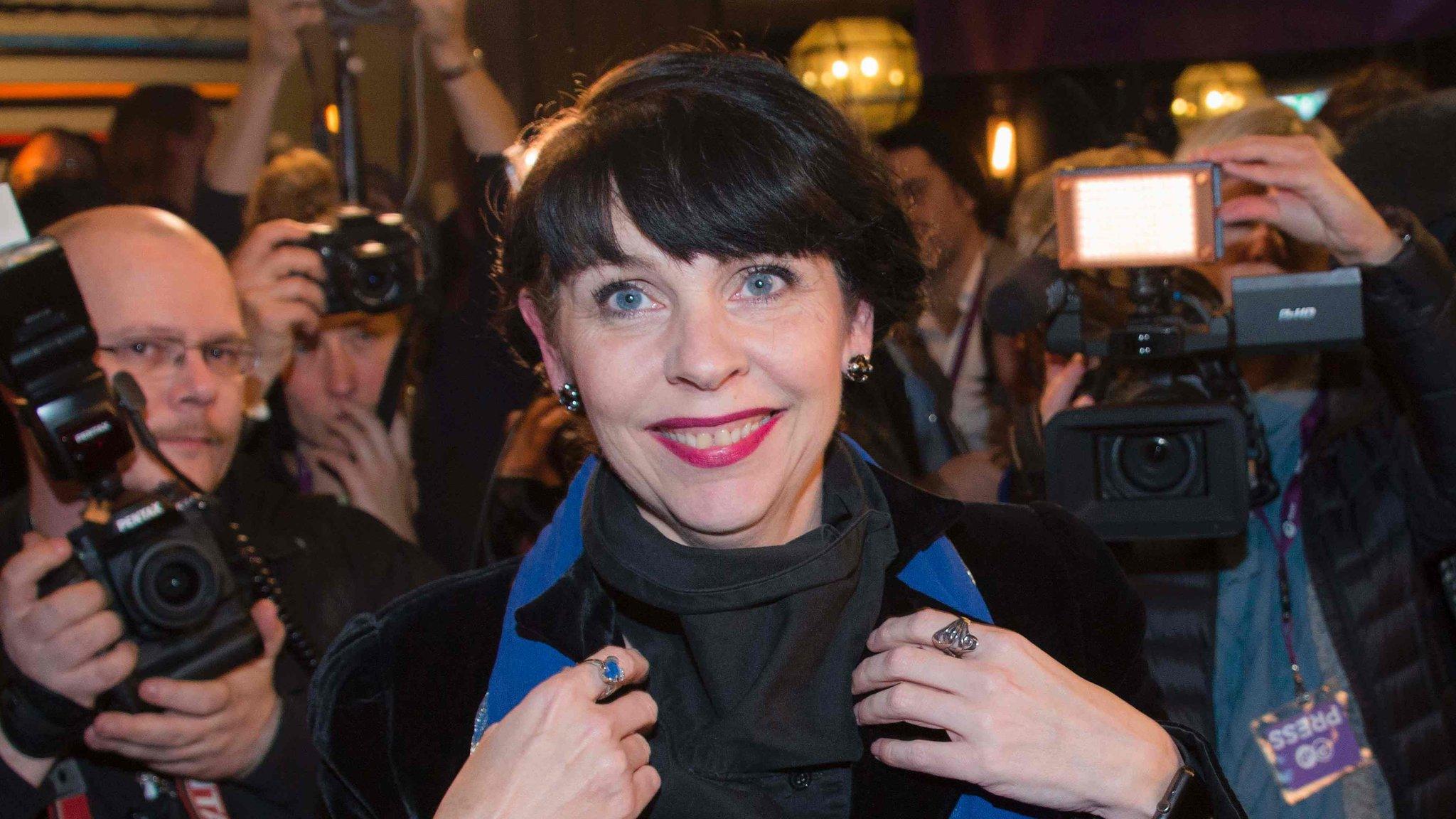Iceland to end capital controls from 2008 financial crisis
- Published

Iceland's economy has benefited from a tourism boom
Iceland will lift all capital controls on its citizens, businesses and pension funds from Tuesday.
Capital controls, such as those to restrict money flowing in and out of the country, were imposed in 2008 after the country's biggest banks collapsed.
The government thinks the economy has recovered sufficiently to end controls.
Controls were imposed after the collapse of the country's three biggest banks - Glitnir, Landsbanki and Kaupthing.
At the same time Iceland's national currency, the krona, fell in value.
The removal of the capital controls - which helped stabilise the currency and economy during the country's financial crash - represents the completion of Iceland's return to international financial markets.
Travel hotspot
Since the nation's financial collapse, the economy has seen a robust recovery, helped by a boom in tourism.
Last year around 1.8 million people, external visited the the nation, a 40% rise on 2015.
The UK accounted for 316,395 of last year's visitors, behind only US citizens in visitor numbers.
That tourism boom, coupled with strong investment by business and in the housing market, helped the economy grow 7.2% in 2016.

The decision has been made by the government and Central Bank of Iceland
"Iceland's careful, measured approach to lift capital controls was developed and approved with domestic and international support," said Benedikt Johannesson, minister of finance and economic affairs.
"As a result of this structured plan, our diversified economy is larger than ever before and expected to continue to grow at a robust pace this year."
Capital controls were implemented in 2008, with the support of the International Monetary Fund (IMF), to shield the economy from severe depreciation.
For the past year, the government and Central Bank of Iceland have been lifting controls through what they say has been an "incremental, measured process that focused on protecting the currency, addressing a balance of payments problem and tempering shocks to the Icelandic economy".
The country has also updated rules on foreign exchange and made special reserve requirements for new foreign currency inflows.
- Published30 October 2016
